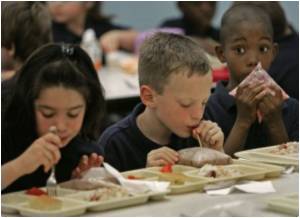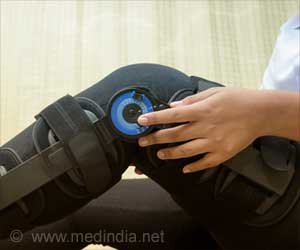Lunches and snacks that fall short of federal guidelines usually make up a kid's lunch box

The findings highlight the challenges associated with packing healthful items to send to school. "When deciding what to pack, parents are juggling time, cost, convenience, and what is acceptable to their children. Unfortunately, these factors are not always in harmony with good nutrition," Goldberg said.
"Lunches were comprised more of packaged foods than anything else," Goldberg said. "Almost a quarter of the lunches lacked what would be considered an entrée, such as a sandwich or leftovers, and were instead made up of a variety of packaged snack foods and desserts."
"The few existing studies on packed lunches report that children who bring their lunch tend to consume fewer fruits and vegetables, less fiber and more total calories than those who participate in the National School Lunch Program," Goldberg said. "Given that over 40% of U.S. schoolchildren bring their lunches to school on a given day, it's important to consider how nutrition experts and policymakers could help parents meet the challenges of cost, convenience, and child preference and add nutrition to the equation."
The researchers also found considerable room for improvement in school snacks. Goldberg and colleagues found that a typical snack consisted of one or more sugar-sweetened beverages paired with a packaged snack food or dessert.
"Few studies have evaluated snacks from home and our data suggest that classroom-based snacking presents another opportunity for kids to eat and drink high calorie and nutrient-poor foods and beverages," said corresponding author Kristie Hubbard, Ph.D., M.P.H., R.D., a research associate at the Friedman School.
The current study evaluated one day's worth of lunches and snacks in 12 schools. Goldberg and colleagues acknowledge the need for larger studies of more diverse groups of students over an extended period of time.
Source-Eurekalert
 MEDINDIA
MEDINDIA


 Email
Email






